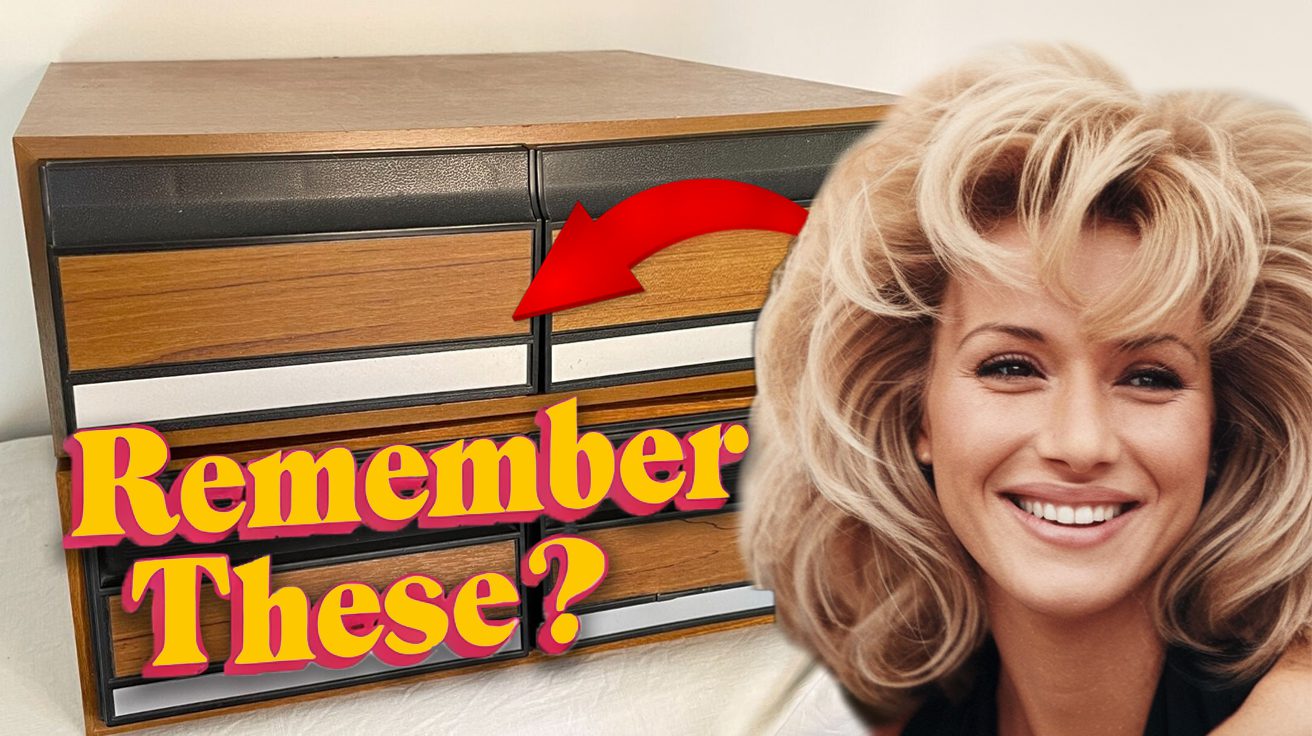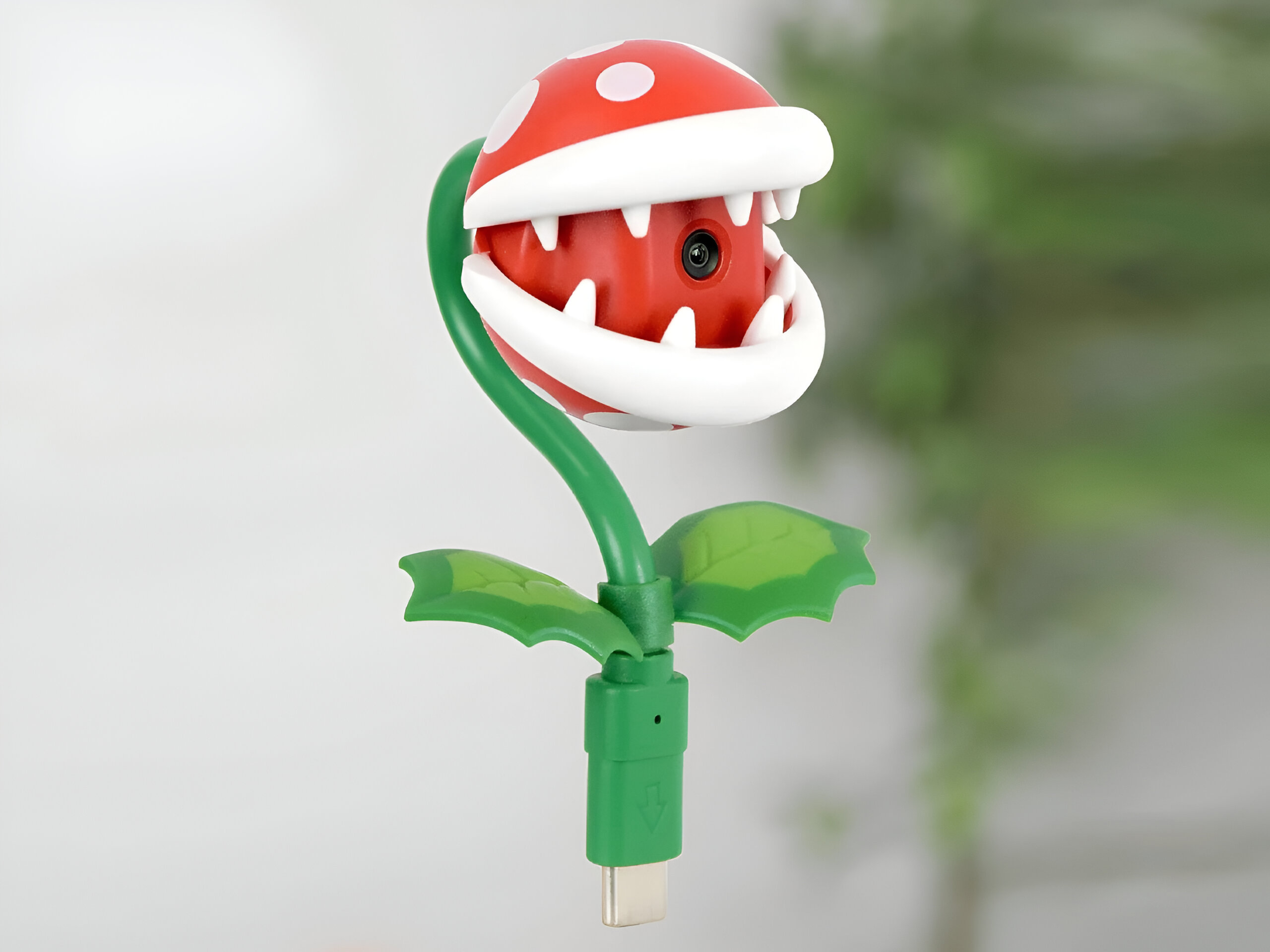Homes in the 1980s solved problems we don’t even think about anymore. Need storage for entertainment? Display space for collections? Ways to make small rooms feel bigger? They had solutions for everything.
We’ve identified fifteen distinct home features that defined the 1980s American household
15. Fake Fruit in a Bowl
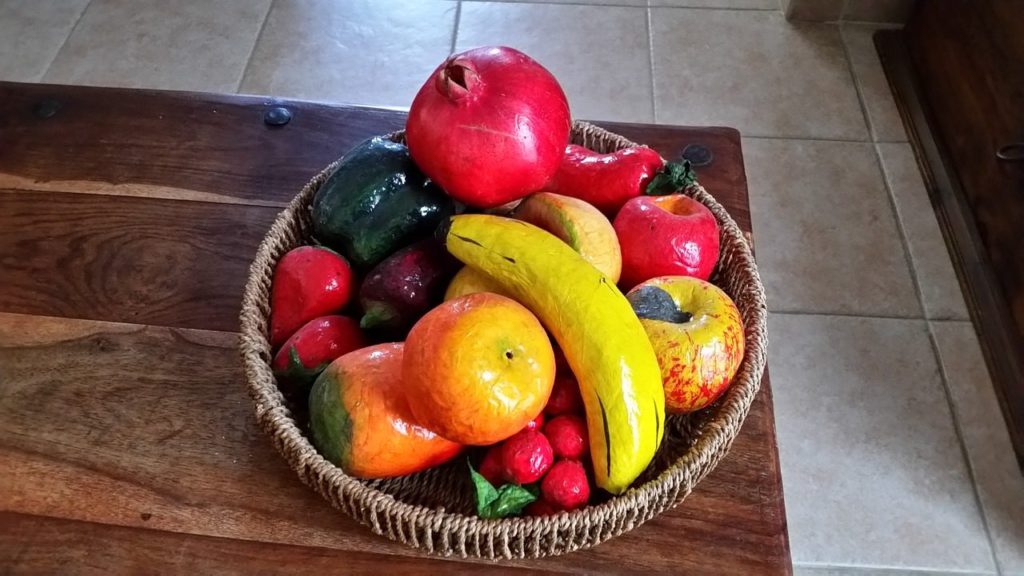
Permanent produce became a status symbol in 80s homes, never spoiling and never needing replacement. Made from plastic, wax, or foam materials, these decorative pieces populated countertops throughout the decade. Offering a maintenance-free alternative to real fruit, they gave homes a permanent splash of vibrant colors without the worry of decay. With realistic appearances and long-lasting durability, these imitation apples and bananas found their way into millions of American homes.
“Trends in American Home Decor: 1950-2000” documented how fake fruit was widely viewed as a practical solution for consistent table centerpieces. Design preferences eventually shifted toward natural elements in the late 1990s, leaving these faux fruit bowls to gather dust as critics increasingly labeled them tacky. Homeowners seeking low-maintenance decor that wouldn’t wilt or rot found their answer in these colorful conversation pieces.
14. Central Vacuum Cleaners
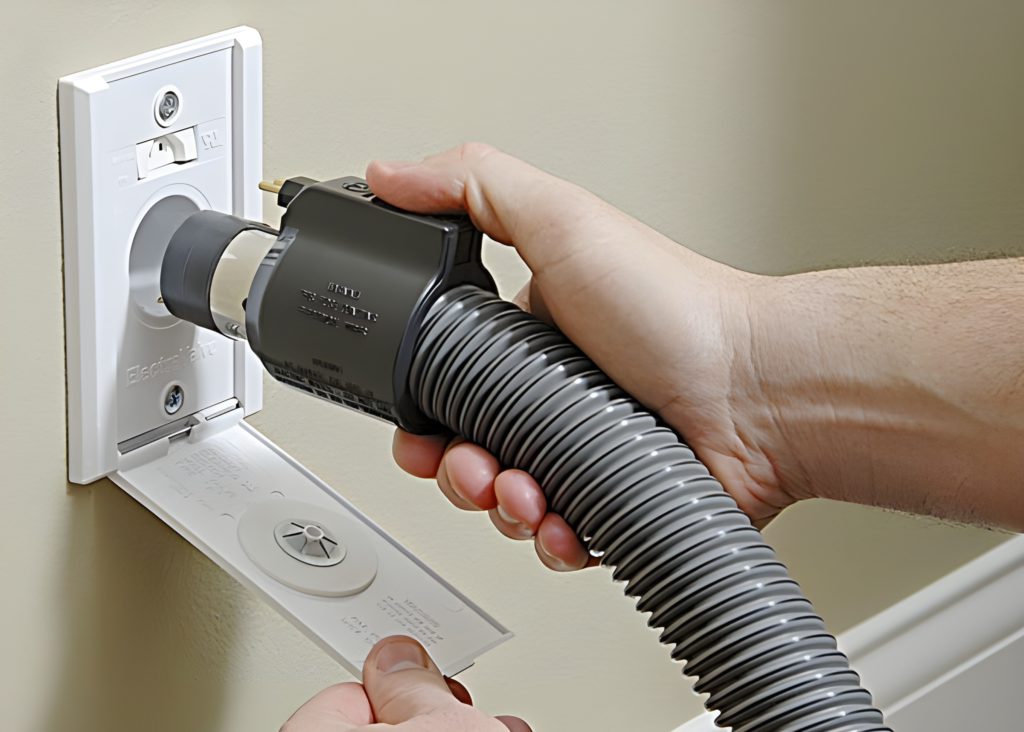
Walking through an 80s home, you might spot mysterious outlets on walls that had nothing to do with electricity. These central vacuum systems transformed cleaning through powerful suction delivered via wall-mounted inlets. These whole-house cleaning systems featured a motor unit typically installed in basements or garages. Homeowners connected 30 to 50-foot hoses to these ports, making dirt disappear with minimal effort. Consumer Reports highlighted their quieter operation compared to portable vacuums and improved indoor air quality through external air exhaustion.
Despite these advantages, lightweight cordless vacuums eventually rendered built-in systems obsolete. High installation costs and limited mobility contributed to their decline. Central vacuums experienced peak popularity during the late 1980s to early 1990s, then steadily faded from new construction plans. The system’s powerful motor, tucked away in basements or garages, meant homeowners could clean without the roaring noise of portable vacuums.
13. Floor-to-Ceiling Mirrors
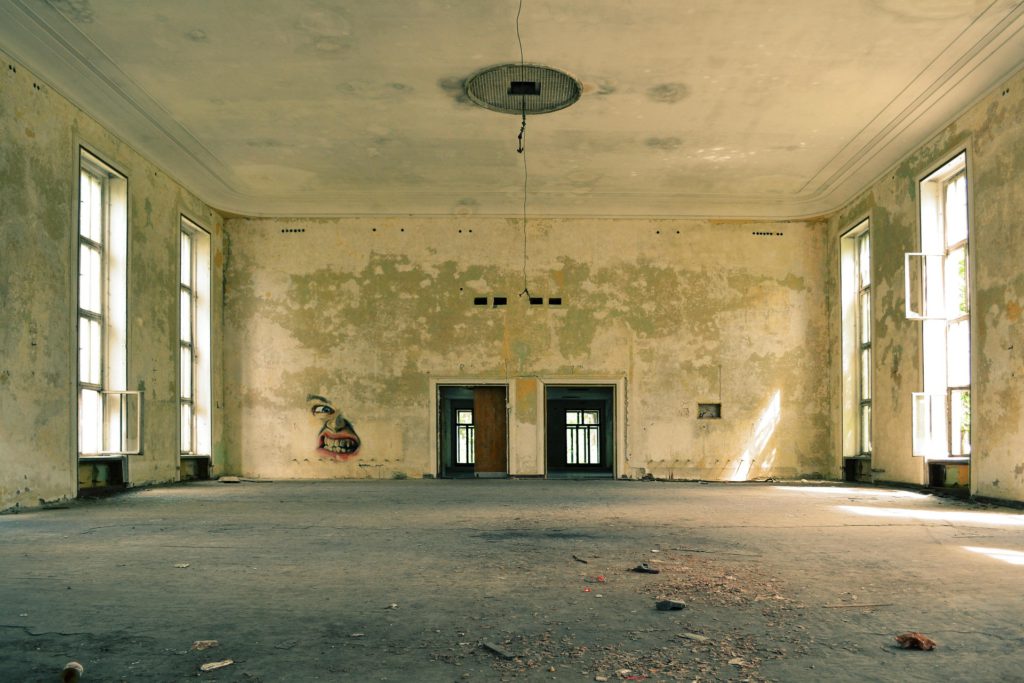
An entire wall of reflective surface could visually double a room’s size – perfect for the compact apartments of the 80s. These reflective installations maximized light and created visual depth in homes across America. Available with beveled edges or tinted finishes, these mirrors gained extreme popularity in 1980s interior design. Urban apartment dwellers particularly embraced the illusion to combat cramped quarters in city living.
“The History of Mirrors in Interior Design” noted their association with luxury and opulence in home decor. Safety concerns about shattering, coupled with high costs and installation difficulties, contributed to their downfall. Minimalist trends took hold by the late 1990s, causing massive mirrors to fall from favor with a significant decrease in installations by the early 2000s.
12. Oversized Kitchen Utensils
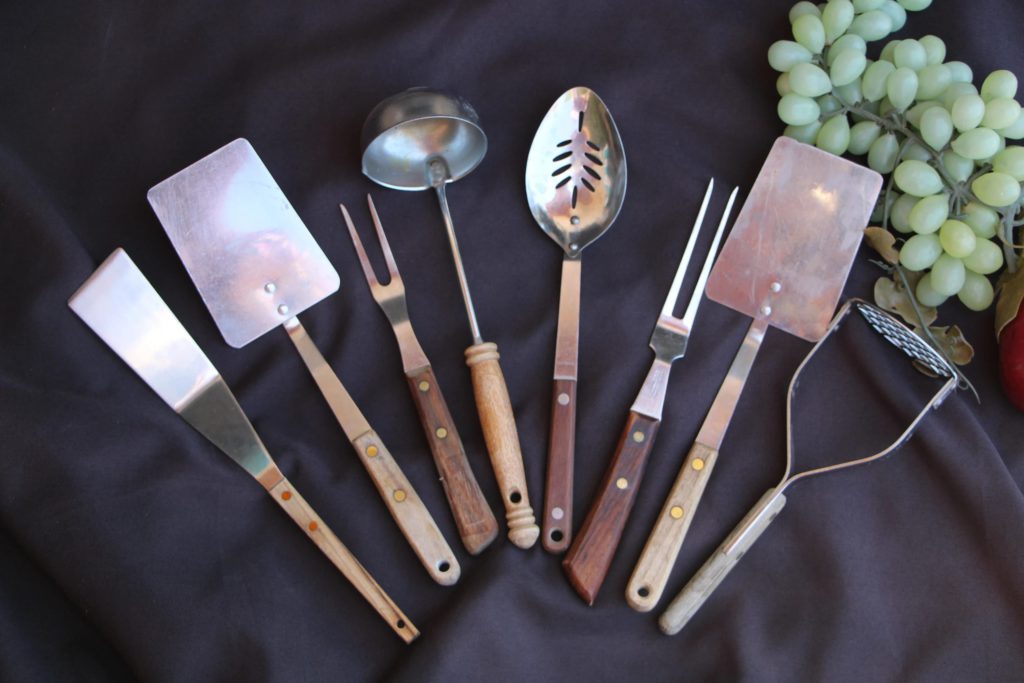
If you wanted to make a statement in your 80s kitchen, hanging massive wooden utensils on the wall did the job instantly. These decorative implements, typically 3-5 times larger than functional tools, complemented the farmhouse aesthetic of the era. Crafted from wood, plastic, or metal materials, these conversation pieces successfully blended functional kitchen themes with artistic expression. “Kitchen Trends of the 20th Century” highlighted their popularity in casual, family-friendly kitchen designs throughout the decade.
Many homeowners saw them as symbols of simpler times and handcrafted goods. Kitchen design eventually shifted toward sleeker, more modern aesthetics by the late 1990s, making these oversized utensils look increasingly dated. Some vintage pieces have now found new life as collectibles for retro-themed kitchens. No practical purpose existed for these giants – they were purely decorative statements for walls that needed character.
11. Video Cassette Cabinets
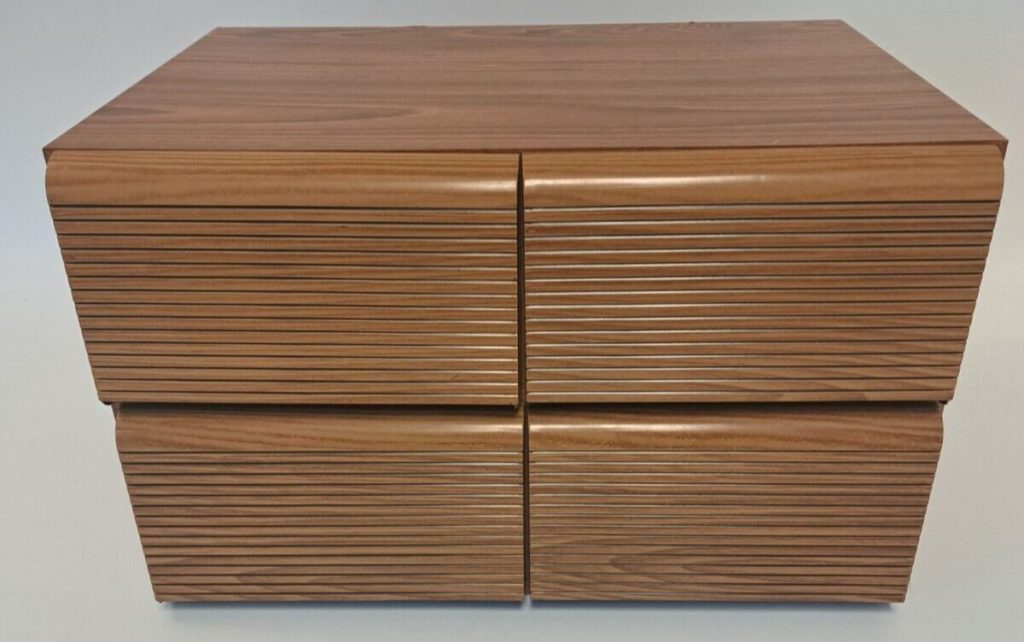
As VHS collections grew throughout the 80s, the storage crisis created demand for specialized furniture solutions. These video-cassette cabinets featured specially designed slots to organize and protect expanding tape libraries. Typically constructed from wood or laminate materials with adjustable shelves, these cabinets often included glass doors to shield recordings from dust. “The VCR Age: Home Entertainment Revolution” identified these pieces as essential furniture in 1980s and early 1990s homes. Some models incorporated built-in TV stands or entertainment centers for complete media setups.
Digital technology rapidly obsoleted these storage units as DVDs required less space and streaming eliminated physical media entirely. The early 2000s witnessed a sharp decline in demand, with these once-essential cabinets now holding little resale value in modern furniture markets. When Friday night meant a trip to Blockbuster, these cabinets kept growing movie collections neatly organized and dust-free.
10. Encyclopedia Sets

The entire world’s knowledge once required several feet of shelf space and a significant financial investment. Encyclopedia sets, with their multi-volume collections, symbolized intellectual pursuit and parental commitment to education. These prestigious additions to home libraries typically featured 20-30 hardcover volumes with gold-leaf lettering and yearly updates. Families invested thousands of dollars in these comprehensive information sources, displaying them prominently as both reference and status symbols.
Publishers Weekly reported strong sales figures through the 1980s and early 1990s. The Internet revolution fundamentally changed information access, making these bulky collections seem outdated and limited compared to digital alternatives. Most encyclopedia sets now hold little monetary value, with rare exceptions for certain editions. Their gold-embossed spines created an impressive visual display while providing answers to homework questions long before Google existed.
9. Cane Wood and Chrome Chairs
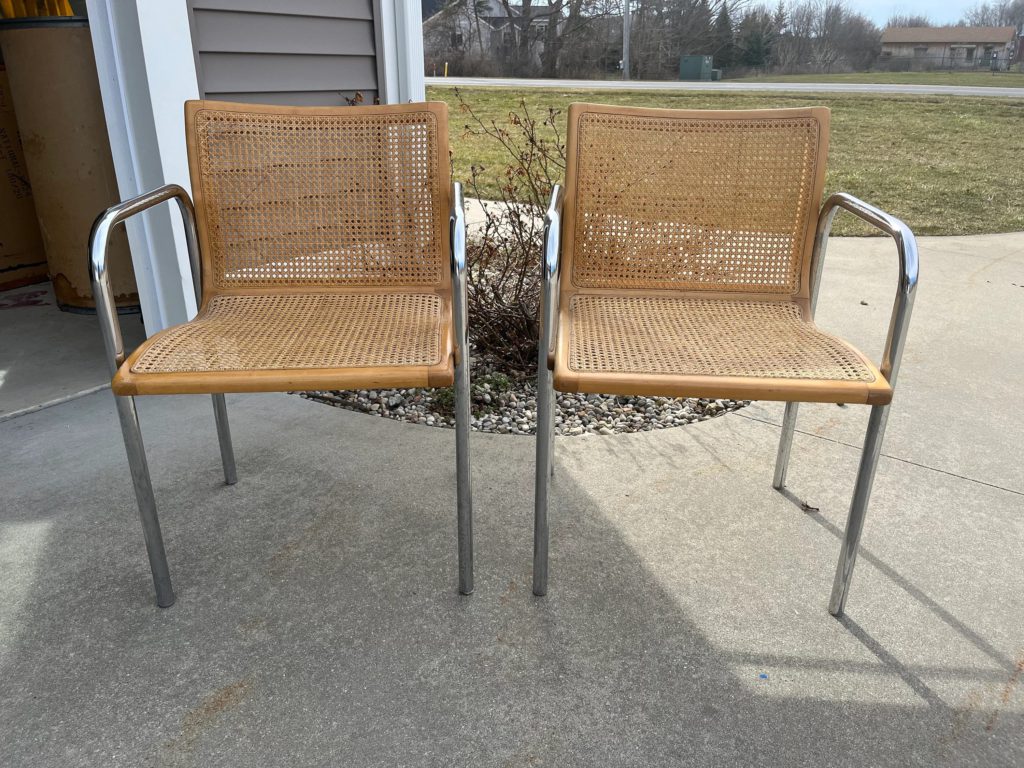
The contrast between natural woven cane and industrial metal created seating that felt both airy and substantial. These distinctive chairs combined natural cane webbing with chrome-plated metal frames in a striking visual contrast. The airy, woven patterns created interest against high-gloss polished metal, making them popular in both homes and offices. “Furniture Styles of the 20th Century” documented how these lightweight chairs offered a fresh alternative to traditional wood or upholstered seating in the 1980s.
Practical limitations eventually surfaced – cane webbing proved prone to sagging, while chrome finishes showed scratches easily. Their influence extended across various furniture categories, but mainstream appeal declined by the late 1990s as simpler designs took precedence. Homeowners seeking lightweight alternatives to heavy wooden dining chairs found these versatile options perfect for both casual and formal settings.
8. Water Beds
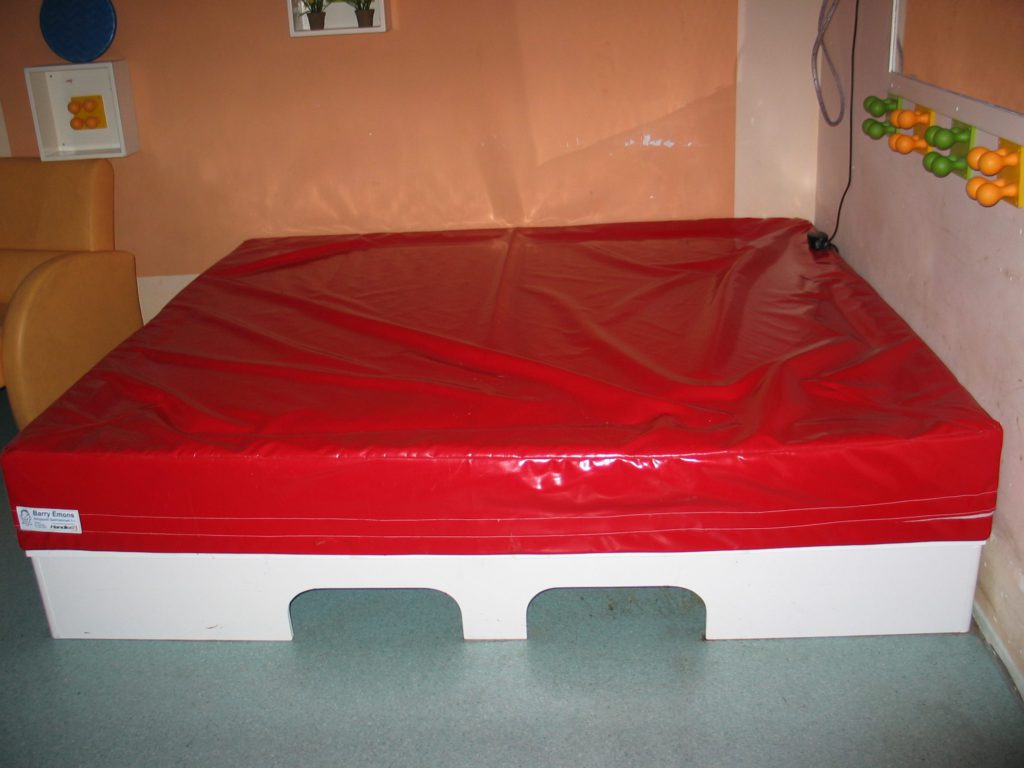
Climbing into bed in the 80s might mean gently floating rather than simply lying down. These unconventional mattresses promised to cradle sleepers in temperature-controlled comfort with supposed therapeutic benefits. Available in vinyl or soft-sided designs, waterbeds required substantial support structures due to their weight. “The Rise and Fall of the Waterbed Industry” reported these novel beds captured an estimated 20% of mattress sales in the mid-1980s.
Practical issues ultimately dampened enthusiasm – leaks, high maintenance requirements, heating costs, and incompatibility with standard bedding proved problematic for many owners. Advanced mattress technologies eventually delivered better support without complications, reducing the waterbed market share to less than 5% by 2000. What began as a counterculture statement of the 70s peaked as mainstream furniture in the 80s before virtually disappearing from bedrooms across America.
7. Wallpaper
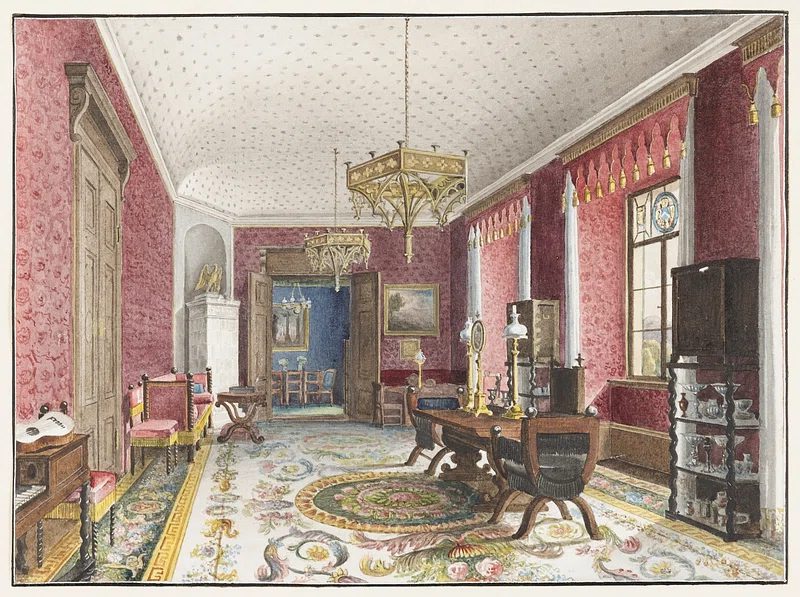
If you wanted to transform a room completely in the 80s, wallpaper offered instant personality without the limitations of paint. These patterned wall coverings offered homeowners endless design possibilities, from floral prints to bold geometric patterns. Sold in rolls for DIY application, some varieties came pre-pasted for easier installation in busy family homes. “The History of Wallpaper” documented its tremendous popularity in 1980s home decor as a way to introduce texture and depth beyond what paint alone could achieve.
Practical challenges included difficult application processes, quick dating patterns, and bubbling issues in humid environments. Minimalist design preferences gradually favored simple painted walls, with wallpaper sales showing a steady decline after their mid-1980s peak. Today’s wallpaper innovations focus primarily on simplified application and removal techniques. When 80s homeowners completed a wallpaper project, they could expect that distinctive pattern to define their space for years to come.
6. Wood Grain Alarm Clock
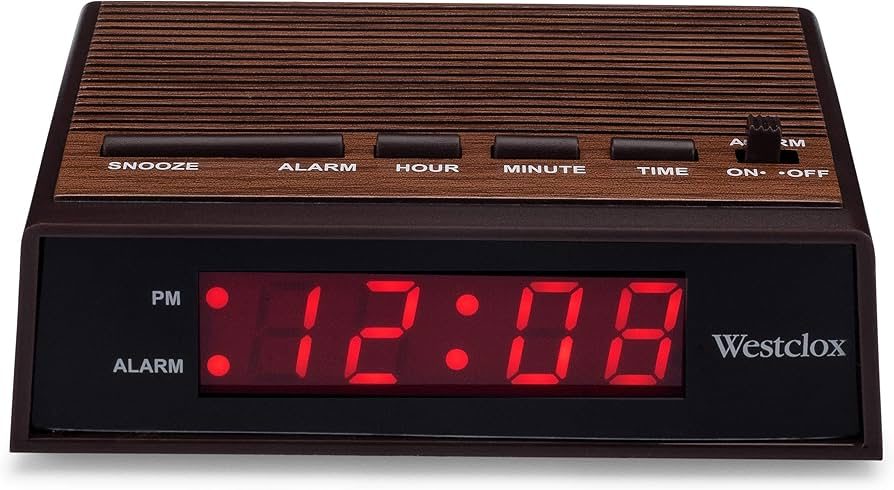
Digital technology needed disguising to fit traditional bedroom aesthetics, and faux wood grain provided the perfect camouflage. These distinctive timepieces, typically featuring red LED displays within simulated wood exteriors, provided both function and style that matched bedroom furniture. Many models included radio functionality and multiple alarm settings powered by electricity with battery backup for reliability. “The Evolution of Alarm Clocks” positioned these devices as an mportant transitional technology between mechanical and fully digital timekeeping methods.
Durability issues with wood grain finishes and the emergence of sleeker electronic designs contributed to their obsolescence. After strong market performance throughout the 1980s, these distinctive timepieces rapidly lost popularity by the mid-1990s, though certain vintage models have found renewed interest among collectors. Their wood-like appearance helped technological devices blend seamlessly with traditional bedroom furniture sets.
5. Tupperware
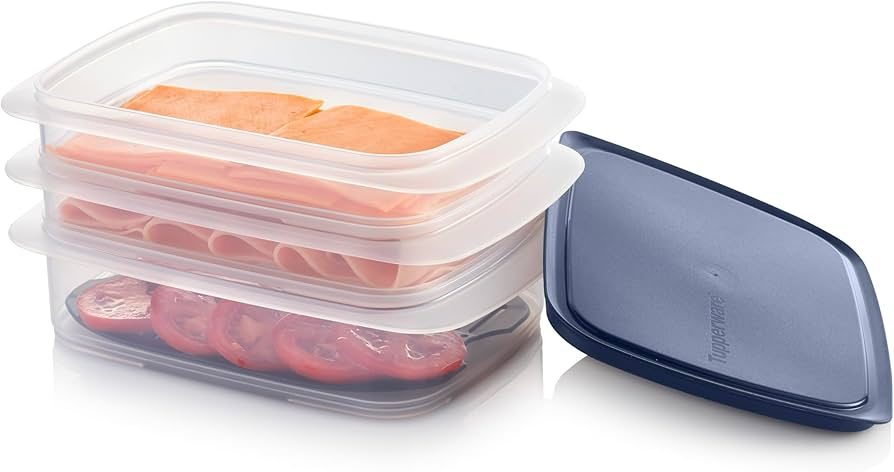
Living rooms across suburban America transformed into makeshift showrooms when Tupperware parties gathered neighbors for shopping and socializing. These plastic containers, with their signature airtight “burping” seals, revolutionized leftover preservation in refrigerators nationwide. Available in various sizes and shapes with interchangeable lids, Tupperware pioneered food freshness technology through lightweight, stackable designs that maximized cabinet space. The brand’s direct sales approach turned shopping into community events, primarily hosted by women.
Forbes documented the company’s achievement of billions in annual sales during the 1980s. Market competition eventually introduced more affordable alternatives while consumer shopping preferences shifted toward retail and online purchases. Vintage Tupperware pieces in original colors have since become collectible items with nostalgic appeal. If you hosted or attended these gathering-sales hybrids, you participated in a uniquely American ritual that blended commerce with community building.
4. Miniature Shelves
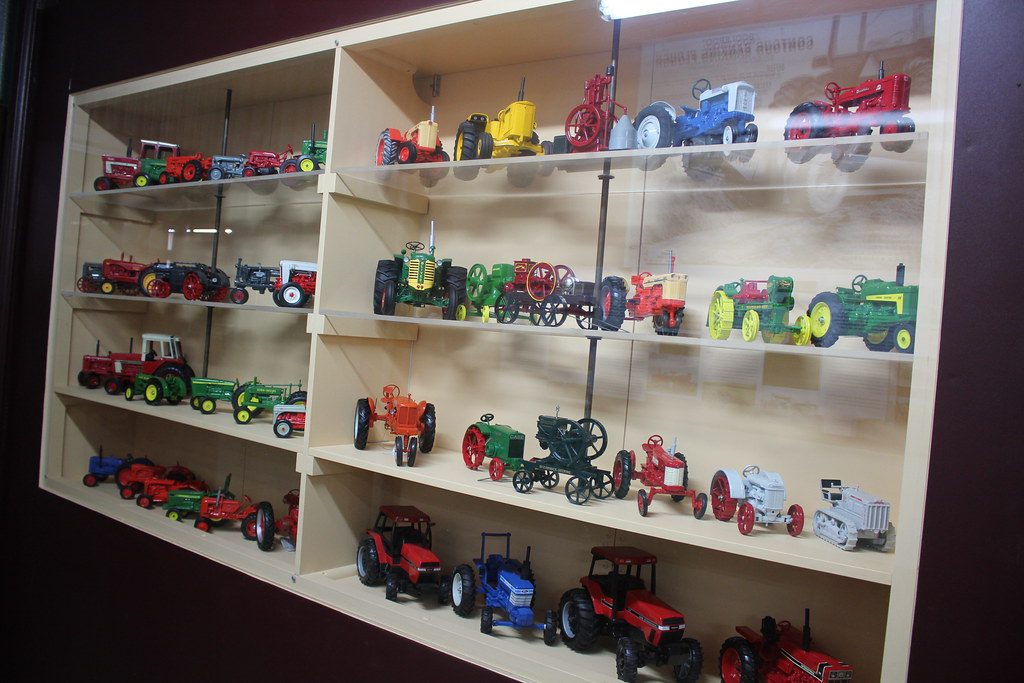
Wall space once reserved for artwork gave way to three-dimensional displays of tiny treasures during the collection-obsessed 80s. These specialized fixtures, constructed from wood, plastic, or metal, transformed collections of figurines, thimbles, and small keepsakes into decorative features. “The Collector’s Guide to Display Ideas” identified these shelving units as reflections of the 1980s trend toward personal collection curation and display.
The minimalist movement eventually made detailed displays seem cluttered, with practical limitations including minimal storage capacity and sometimes flimsy construction. Home décor preferences evolved toward cleaner, less ornate presentations by the late 1990s, though vintage pieces occasionally resurface in retro-inspired or eclectic interior designs. Their specialized dimensions perfectly accommodated small collectibles while transforming ordinary walls into personalized galleries.
3. Kitchen Watches
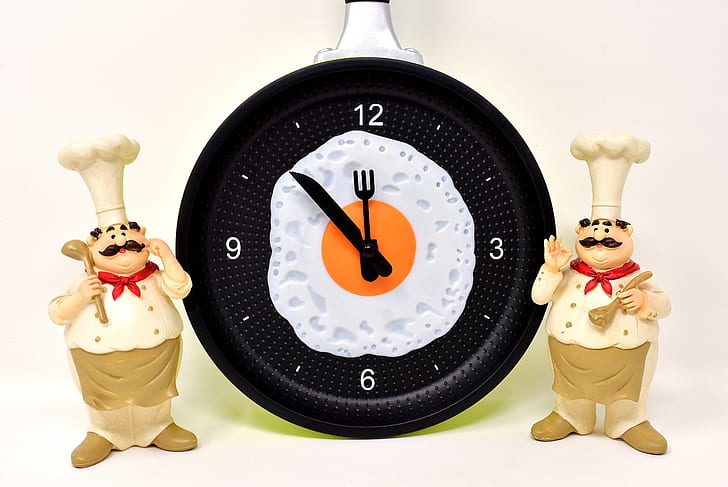
Superstition blended with decoration when these peculiar dolls watched over 80s cooking spaces. Kitchen witches – small decorative figurines resembling watches – supposedly prevented burnt dinners and kitchen mishaps through folklore magic. Often handmade or designed to appear handcrafted, these whimsical figures typically measured 6-12 inches tall, blending traditional beliefs with home décor. “Kitchen Folklore and Traditions” noted their particular popularity in regions with Scandinavian heritage before reaching mainstream acceptance during the 1980s.
Many home cooks genuinely believed in their protective powers beyond mere decoration. Contemporary kitchen design eventually prioritized function and technology over charm, reducing demand for these folksy items, though handcrafted or vintage pieces retain value among specialized collectors. When dinner burned in a kitchen protected by one of these figurines, the witch clearly wasn’t doing her job.
2. Faux Stone Fireplaces
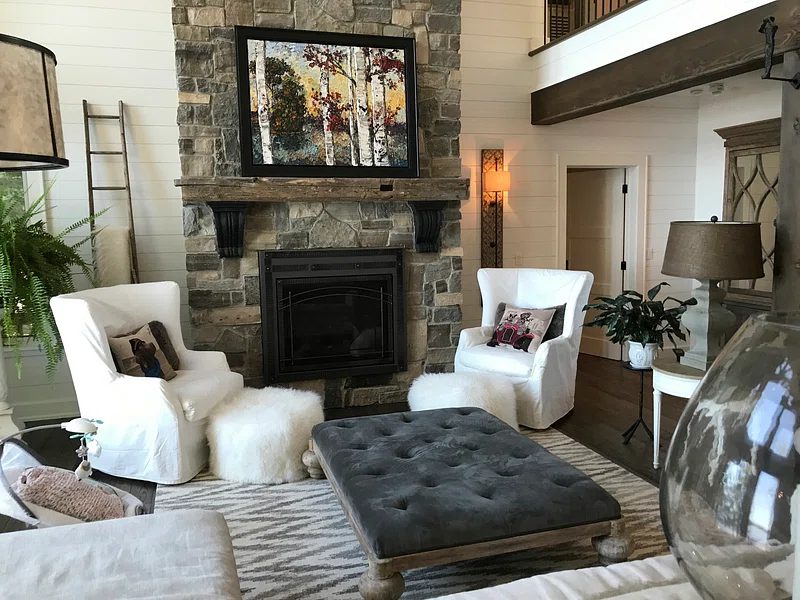
The rustic charm of a stone fireplace became attainable for average homeowners through affordable veneer technology. These convincing replicas delivered natural stone aesthetics using manufactured veneers made from lightweight materials like polyurethane or cement. Available through DIY kits or professional installation, these features mimicked various stone types from river rock to fieldstone, with remarkable visual similarity. “The Evolution of Fireplace Design” documented their surge during the 1980s housing boom as affordable ways to add character to living spaces.
Homeowners transformed ordinary rooms into cozy retreats at a fraction of authentic stone costs. Design preferences eventually shifted toward authenticity by the late 1990s and early 2000s, diminishing the appeal of simulated surfaces. Many installations were removed during subsequent renovations. If you purchased a home during the 80s, chances are you encountered (or installed) one of these character-adding focal points.
1. TV Trays
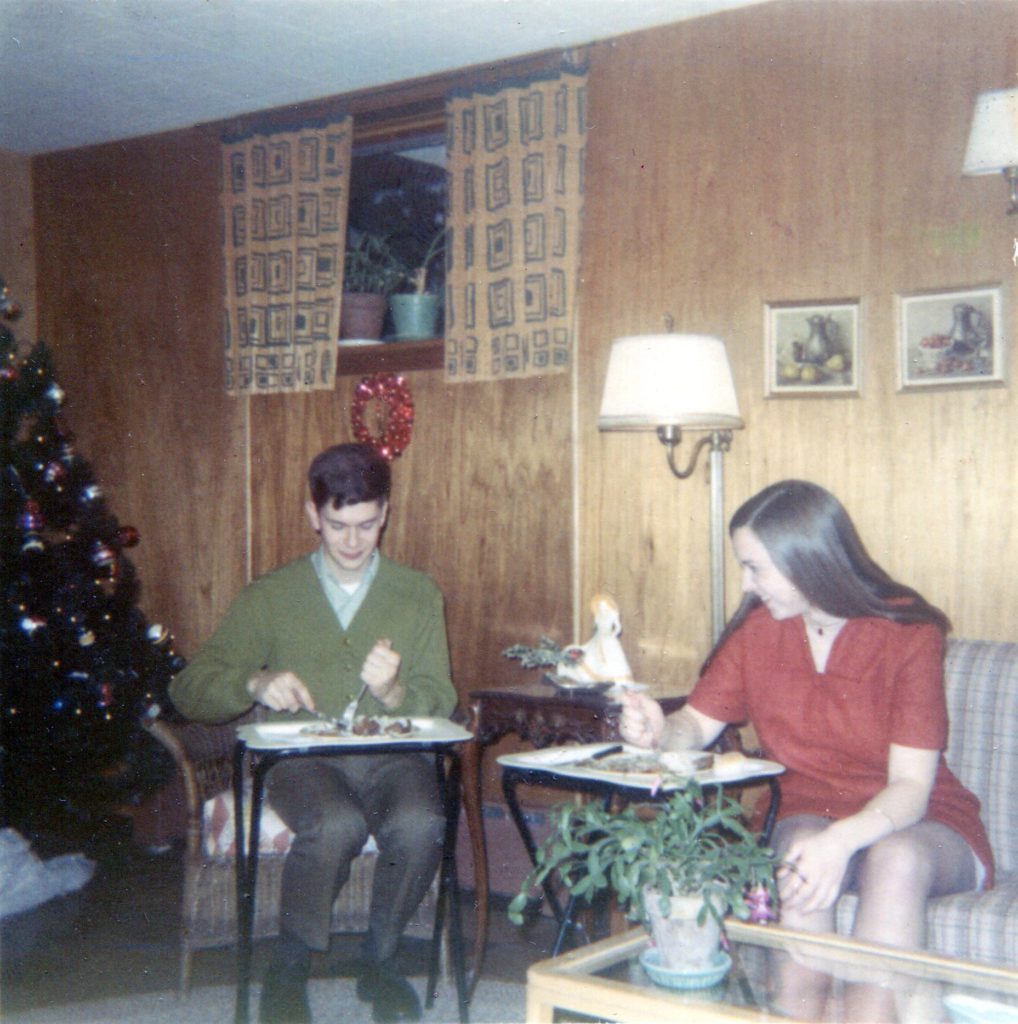
When “Dallas” or “Dynasty” aired, millions of Americans unfolded portable surfaces to balance TV dinners while watching prime-time drama unfold. These practical trays provided portable, lightweight surfaces for the growing trend of dining while watching favorite programs. These foldable tables, constructed from wood, metal, or plastic, offered convenient meal support that could disappear when not needed. Often sold in sets of four with storage racks, some designs incorporate cup holders or magazine compartments for added functionality. “The American Living Room: A Cultural History” described their extreme popularity during the 1980s alongside the rise of TV dinners and casual eating habits.
The later fragmentation of viewing experiences through individual streaming and personal devices reduced communal television time. While still available, these once-essential pieces now serve narrower purposes, with vintage designs primarily holding nostalgic rather than practical value. Family meals increasingly migrated to the living room, creating a need for stable, portable surfaces that could accommodate full-place settings. Family meals increasingly migrated to the living room, creating a need for stable, portable surfaces that could accommodate full-place settings. Many other household staples from the 80s have since faded into history.

